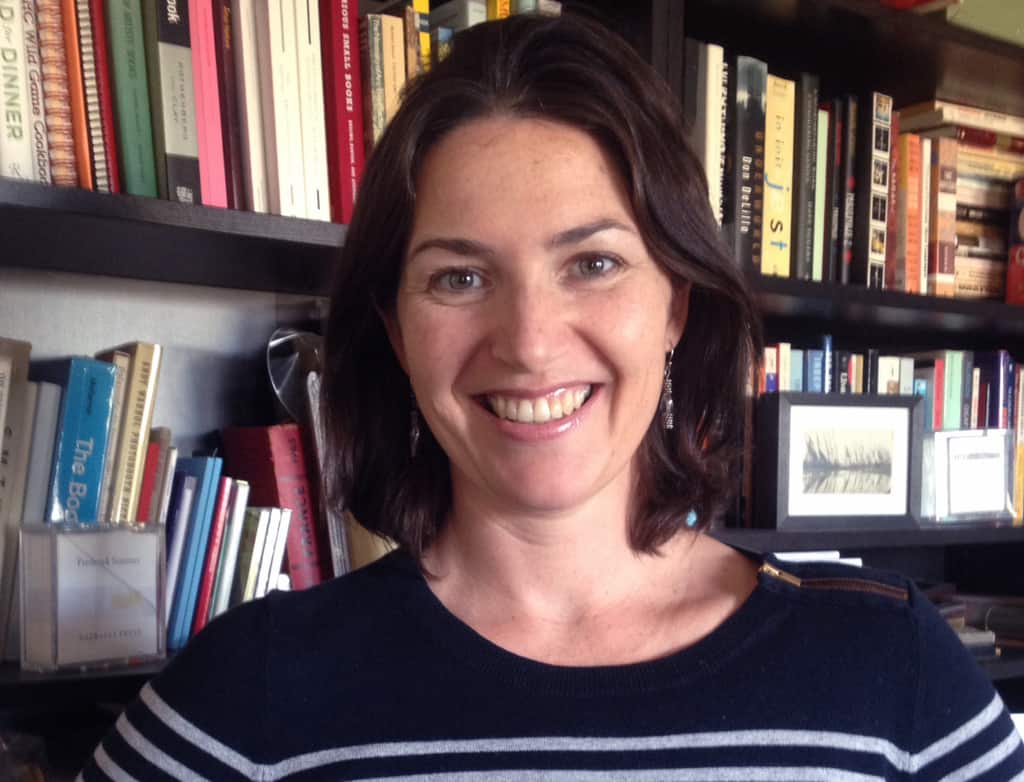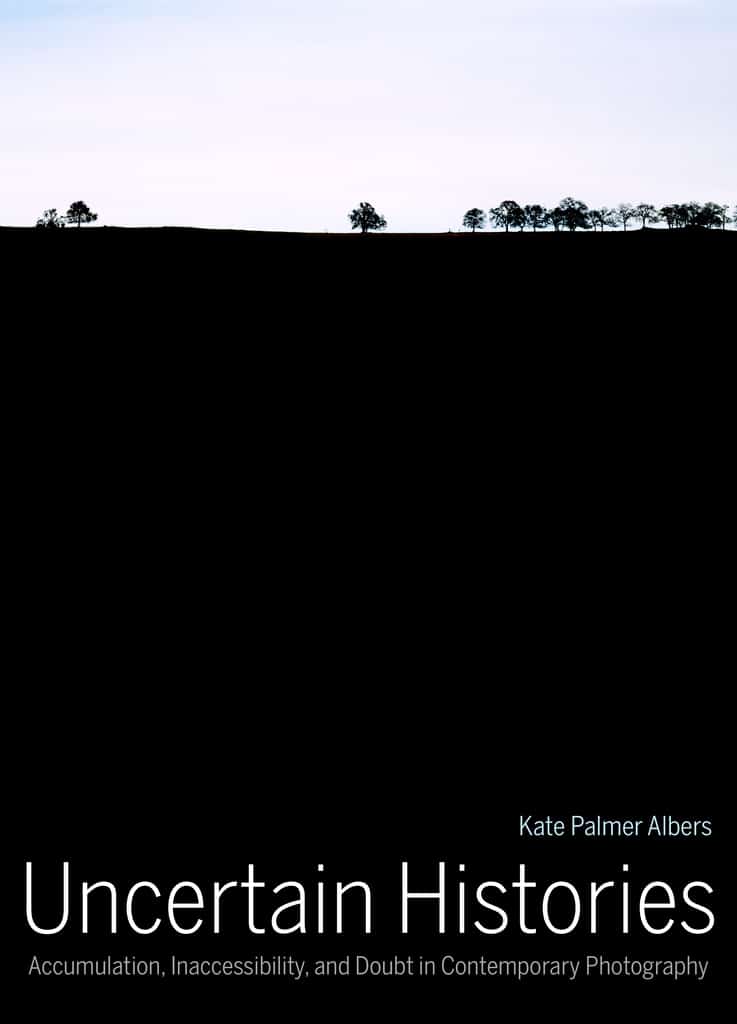by Kate Palmer Albers, author of Uncertain Histories: Accumulation, Inaccessibility, and Doubt in Contemporary Photography
This guest post is part of a series for World Photo Day. Some of our authors with recent and forthcoming titles on a range of photography-related topics will share stories throughout the day. We hope these personal glimpses into their work will inspire a broad community of readers. Follow along throughout the day for more.
Several years ag o, I was looking with my grandmother through an old photo album from the 1930s or 40s. Fitting the era, it had thick black pages with small black and white prints adhered with photo corners, and white handwritten captions under most of the photographs.
o, I was looking with my grandmother through an old photo album from the 1930s or 40s. Fitting the era, it had thick black pages with small black and white prints adhered with photo corners, and white handwritten captions under most of the photographs.
Two things struck me about this album. First, it featured several photographs of my grandfather, Benjamin Holt, with the repeated caption “Holt in a characteristic pose”. He was always up to some antic, and the caption has become a family joke. Though you wouldn’t know it from my research interests and writing, one of my favorite things about photography is how, through nearly its entire history, people have used the medium to capture themselves and others being total goofballs. It’s comforting to see photographic proof that your grandfather and his friends were, some 70 years earlier, just those goofballs.
But the second thing that struck me about the album was the opposite of the first, and existed nearly simultaneously with it. Though the individual photographs had been captioned by someone thoughtful and forward looking, and featured friends and family members of my grandfather, all of the stories had to be narrated to me: I was like a toddler listening at story hour, unable to independently access, let alone decode, what was “in” those photographs.
It was simultaneously deeply familiar and entirely foreign. I was happy to learn that photographic humor had been around for generations in my family and a little bit stunned at how my eyes glazed over at the sight of so many individuals clearly so close to my grandfather but so distant from me.
I know this is a common experience: in the space of a generation, or less, we lose track of what we’re seeing. It occurred to me that, aside from the photographs of my grandfather, who was instantly recognizable to me even in his youth, by his high forehead and aqualine nose, that those photographs in the album could have belonged to anybody and could have depicted anyone, and it wouldn’t much make a difference to how I was seeing the images. The best I could do was make up my own stories.
I’m not suggesting that everyone needs to do a better job of captioning, cataloging, and archiving—though, in our culture, that’s certainly the current default mode. Rather, that there’s some value to embracing the notion that even our most cherished photographs —especially our most cherished photographs—will quickly become untethered from whatever meanings we’ve assigned them, well before the print or image has disappeared. They exist just for us.

Kate Palmer Albers is Associate Professor of Art History at the University of Arizona.

